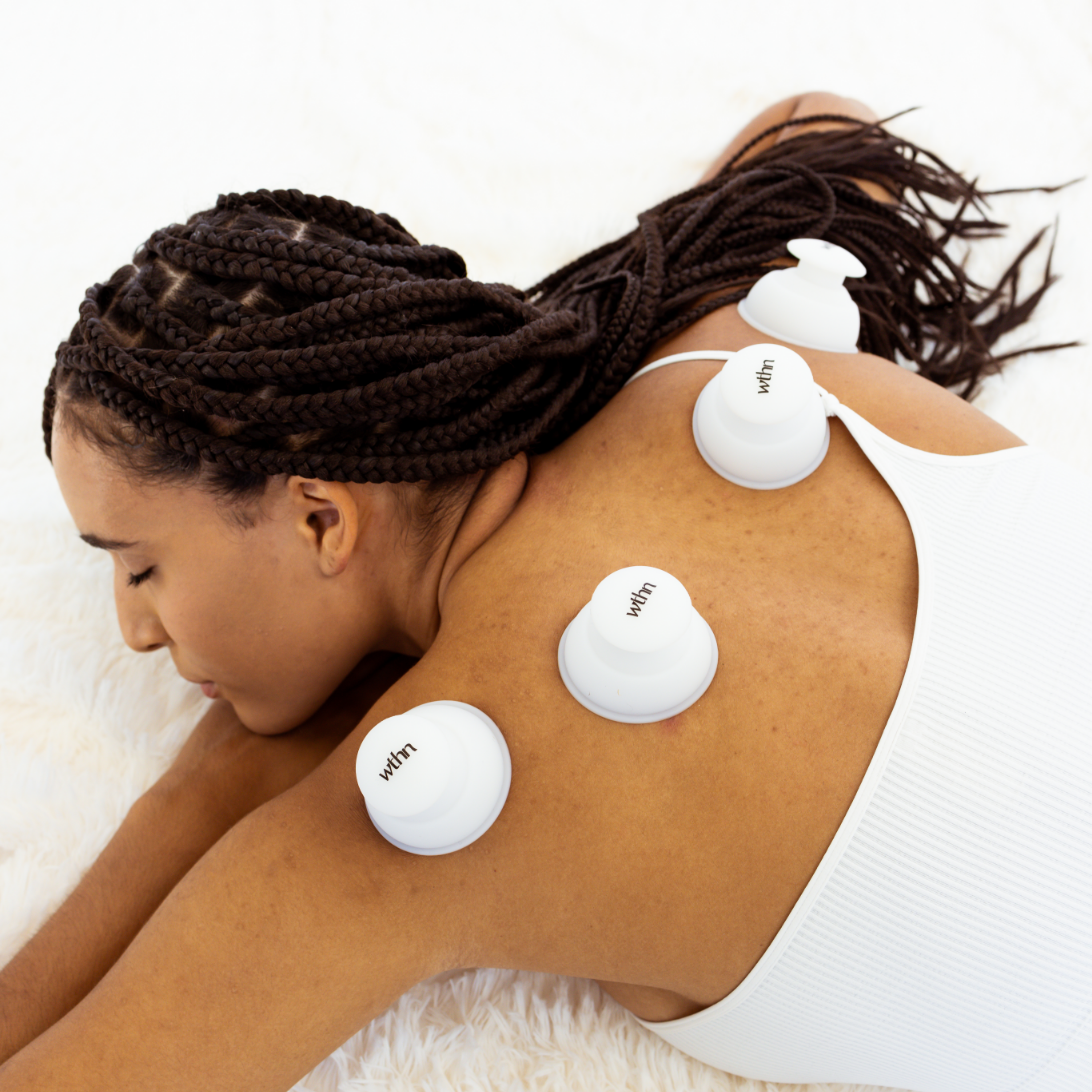Wfh: 1 Year Later. Where Are Clients Are At Today And What Can Still Be Done To Combat 'Tech Neck'?

By this time last year, March 22nd, 2020, to be exact–the NYC metro was akin to a scene from an apocalypse movie. An area made up of millions of commuters– was forced to skip their “sardine on a train” morning routine and confine to their homes, except for essential purposes.
At the start, the benefits were many: No more hour commutes. Extra cuddle time with your fur baby. And less chance a co-worker will “accidentally” eat your lunch.
Most of these WFH rookies rushed into a remote working situation during the early days of the COVID-19 crisis. As a result, most home offices were improvised with whatever was in reach:
A stack of books stands in for a stand-up desk
A (sanitized) amazon box props up your monitor
That bamboo accent chair in your living room may look pretty but it probably lacks anything resembling lumbar support
Well, what can happen to our musculoskeletal system over time when we have our bodies in awkward positions over our sofas, beds, and countertops are known as “wear and tear” injuries. At first they feel like a mild tightness. Then, gradually, the pain deepens. Next thing you know, you bend down to tie your shoe and can’t get back up. This kind of injury stems from repetitive trauma—It’s kind of like when a tire blows out on you. It wasn’t necessarily one incident; the tread was wearing down over time. And this is what we’ve been seeing in our studio a year later.
The culprit? Makeshift home offices.
Some chronic “sitters” have a general idea of when office life might return but most are still in the dark on a timeline – or have transitioned to a fully remote position where costly office chairs and proper ergonomic care are now an ongoing expense. Let’s talk about what can be done now:
Set up an ergonomic workstation. Ergonomics is defined as: the study of the body and how it interacts with an environment. Ergonomics in the workplace can be summarized in the acronym “N-E-W”
N = Neutral Posture: Use a chair with adequate support and maintain proper posture.
E = Eye and Elbow Height: Ensure that the keyboard and mouse are positioned at elbow level. The top of the monitor should be at or slightly below eye height.
W = Work Area: Keep items that are used often in the primary work zone – the area within reach.Keep items that are used less often in the secondary work zone – the area within outstretched arms. The keyboard and mouse should be in the primary work zone and centered with the monitor.
Stay Active! No more commuting can also mean more time for self-care. Try factoring in a home work-out or yoga session in the time you used to use to commute. Consider setting an alarm to take stretch breaks throughout the day. This can help prevent overexertion injuries. Create a routine with clear separation between home and work tasks.
The body needs movement. Even if you have perfect ergonomics, if you’re in the same position all day, your body is not going to respond well.
…and incorporate Therapeutic Massage. Therapeutic Massage Therapy can help unwind restrictions our bodies develop from being in the same position all day–that means it helps treat these injuries, as well prevents new ones from happening.
